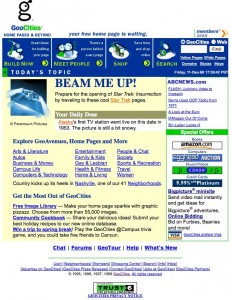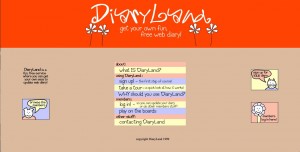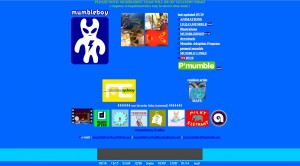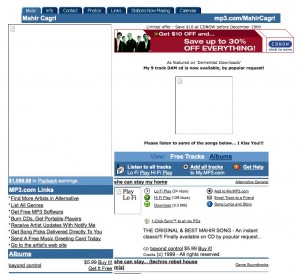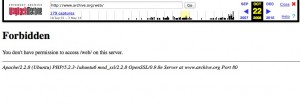Cuba Music Week is a live and online effort – both crowd sourced and curated – to highlight the importance and beauty of Cuban Music. One goal is to introduce people to ideas and music from this vibrant culture.
In the past we have created “weeks” on Muslim music, Brazil and India. To do this we contact artists, academic institutions, bloggers, broadcasters, venues and collectors to send essays, activities and events that could be coordinated with our event. Sometime the response is great, sometimes not.
Cuba is our fourth attempt and we have partnered with Cubadiscos, a Cuban government organization that hosts a weeklong music festival and a symposium on the music in Havana. Cuba has a few problems with the internet, so there is no website. We have posted a list of their activities on our site from a list that we only got the day before the festival began!
Just for fun have a look at the galleries of record covers, cha cha maybe? Our galleries are one of the best features we create. The ARC doesn’t scan images of other people’s holdings or borrow materials for the site – we own everything pictured. A few of the recordings are taken from the joint ARC and Internet Archive collection stored out in the Richmond warehouses. Here are two sweet ‘almost’ Cuban, afro-Cuban recordings from this collection. They were donated by the family of Jerry Adams.
Mr. Adams was a radio DJ who became a major voice in promoting the Monterey Jazz Festival and helped Clint Eastwood build his collection. So some very nice stuff here. A good reason why the Internet Archive is, and should be, going after audio collections of quality with us.
One of the best features of the site are the databases, listing the Cuban recordings here at the ARC and glossaries of genres and instruments – many hundreds of styles and instruments briefly described. It’s info that is only available here. Soon everything will be stolen by Wikipedia, but for now probably the only easy-to-find source for much of this information. For audio fun we have worked with the Peabody Award winning radio show, Afropop Worldwide to bring everyone 18 hours on Cuban Music. Soon all of their 25+ years of audio will be available on the Internet Archive.
An important outgrowth of this project is our work – both the Internet Archive’s and the Archive of Contemporary Music’s – with the Cuban National Library José Martí. Last year I met with Perdo Urra who was working on a project to take old library typed and handwritten index cards on the recordings in their collection into OCR readable form. So for us they rushed this project forward and now there are more than 30,000 cards scanned, making this data available online for scholars for the first time. Catalog available here and one example below.

Our Cuba site site will remain active as an online resource to make this culturally significant body of work readily available to people around the globe for study and enjoyment.
Do have a look at Cuba Music Week and spread the word.
Thanks, B. George,
Director, The ARChive of Contemporary Music, NYC.
Sound Curator, The Internet Archive, San Francisco

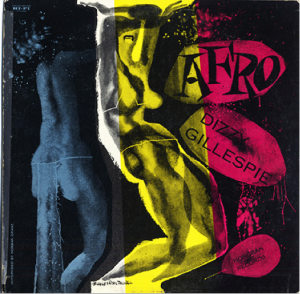
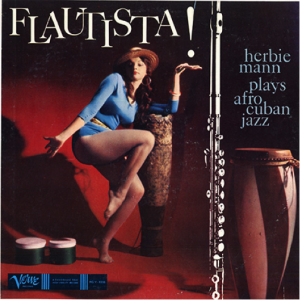
 What is the future of human memory? What will people know about us when we are gone?
What is the future of human memory? What will people know about us when we are gone? Examining the past helps us understand where the future might lead us. Yet with our current methods of digital storage, what will still be accessible and what steps can we take to make sure knowledge persists? Out of the vast amounts of data that we are capable of saving, what will be considered important? Only time will tell, and it will be when “we are no more.” The Internet Archive, under the leadership of Brewster Kahle, is one organization playing an important role in bringing our civilization’s record of knowledge into the future. Smith Rumsey will share her insights into how we can leave a legacy for those in the future to best understand our lives, our struggles, our passions – our very humanity.
Examining the past helps us understand where the future might lead us. Yet with our current methods of digital storage, what will still be accessible and what steps can we take to make sure knowledge persists? Out of the vast amounts of data that we are capable of saving, what will be considered important? Only time will tell, and it will be when “we are no more.” The Internet Archive, under the leadership of Brewster Kahle, is one organization playing an important role in bringing our civilization’s record of knowledge into the future. Smith Rumsey will share her insights into how we can leave a legacy for those in the future to best understand our lives, our struggles, our passions – our very humanity.

